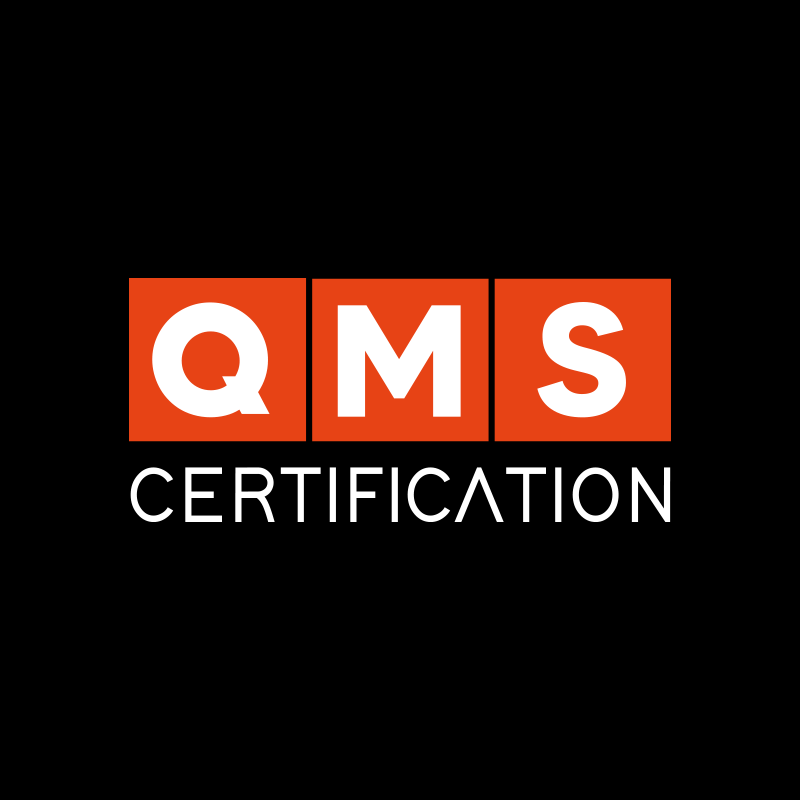Defining the scope of ISO certification is essential for the success of any management system. That’s because the scope clearly shows the limits of best practices, audits, and the application of the standard. Simply put, it works as a map, clearly indicating how far the standard applies within your company.
Without a well-defined scope, it is impossible to establish improvement objectives or corrections within the system. That’s why this definition is one of the most critical steps in an implementation, whether it’s ISO 9001, ISO 14001, ISO 45001, or any other standard. Not to mention that it is not possible to certify an organization without first understanding the scope of the system.
However, even knowing its importance, we also know that defining the scope of ISO certification is not always an easy task. Which processes to include, what to write, and what to consider are common questions that arise. That’s why in today’s content, we’ll show you a structured way of thinking to make this work easier.
By the end of this reading, you’ll be able to evaluate and write your scope more clearly. This will make certification easier, improve your management system, and bring much better results. So, let’s begin!
1 – What is the “scope of ISO certification”?
To recap, the scope is a clear description of the activities, products, services, and locations included in the management system (whether quality, environmental, occupational safety, or any other).
A common mistake when defining the scope of ISO certification is to think that it represents the objective of certification, something like a goal or indicator. In reality, the scope defines the boundaries of where the standard will be applied. It therefore guides documents, audits, best practices, and everything related to the management system.
2 – Which products or services will be certified?
To define a proper scope, it is first necessary to analyze which products or services will be included in the certification. For example, your company may choose to certify only one product line, or the entire portfolio. It may certify all services provided or only some of them.
This is a strategic decision and must be made carefully. It is possible, for instance, to certify just one product and later expand the scope. This can give maturity to the system and make the journey toward a broader certification easier.
3 – Identifying the processes involved
Once the products and services are defined, it becomes easier to understand the system’s applicability. After all, everything involved in production or service delivery will be considered. Anything that could impact quality (in ISO 9001) or generate waste (in ISO 14001), for example, needs to be included in the scope.
Thus, it is important to consider which units or branches will be certified, whether the system will cover all departments or only some, which processes are within scope, and even whether there is outsourcing of critical processes. All of this must be analyzed in terms of how it impacts the management system and the certification scope.
Useful tip: evaluate stakeholders and their requirements
Another common mistake is not considering stakeholders. Remember that defining the scope of ISO certification is also something done to meet market demands. It’s worth considering, for instance, the specific demands of your clients, focusing on a scope that strengthens your relationships and improves customer satisfaction.
This includes assessing whether clients require certification in all processes or only some, whether all sectors must be involved, and which processes are critical for certification. Other stakeholders also provide relevant information — for example, whether applicable legislation influences what must be within scope, or if employees have specific requirements (as with ISO 14001).
Writing a clear and objective scope
Finally, it’s not enough to just define the scope of ISO certification; it must also be formalized in an official statement. The most practical way is to write a short, objective sentence.
When drafting it, avoid vague terms, generic language, and redundancies. Use clear, simple, and direct language — something that explains what the company does, where it does it, and for whom. This makes understanding easier and sets clear boundaries for certification.
For example, imagine your scope simply states: “Production and sales of packaging.” The sentence is too broad and unclear. Are these packages made of paper, glass, or metal? Where is production carried out? Only at one unit or across the entire company?
A clearer and more precise version would be: “Development, manufacturing, and commercialization of flexible plastic packaging for the food industry at the São Paulo (SP) facility.” Here, we know what is produced, where it is produced, and who the target audience is.
Defining the scope of ISO certification is strategic!
To conclude, it’s worth emphasizing: defining the scope of ISO certification is not just a bureaucratic requirement — it is a strategic decision! It determines how your company wants to be perceived in the market. The clearer and more objective the scope, the stronger the trust of customers, auditors, and partners.
Therefore, the scope is not a minor detail but a guiding factor for the company’s direction. It not only facilitates certification but also shapes how the organization improves. When the scope is clear, the management system comes alive, and certification becomes a true competitive advantage.
Defining the scope is like drawing the map before starting a journey. Without it, any path seems possible, but you are unlikely to reach the right destination. On the other hand, when the ISO certification scope is well-defined, your company not only achieves certification but also gains clarity, direction, and confidence to grow sustainably.
When this happens, customers benefit from better products and services. Employees gain clarity, safety, and direction. Companies win more clients, reduce losses, and increase revenue. In the end, everyone benefits from this classic win-win relationship.










